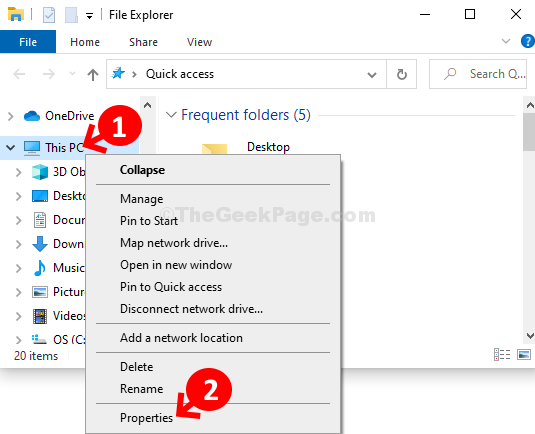

To set the include directory path in Visual Studio, open the project’s Property Pages dialog box. If you are compiling on the command line, add the path to the INCLUDE environment variable or the /I compiler option to specify the path to the file. You may have to modify the include search path to add a directory for your project. A new project uses default include search paths. To fix this issue, correct the path that the compiler uses to search for the included or imported file. For more information about the /X compiler option, see /X (Ignore Standard Include Paths). This is an alternative to conditional compilation by using preprocessor commands. This enables different builds to use different include files that have the same name, but are kept in different directories. The /X compiler option can be used to exclude directories from the include search path. Different kinds of builds might use different search paths. The file is in your project, but not the include search pathĮven when header files are listed in Solution Explorer as part of a project, the files are only found by the compiler when they are referred to by an #include or #import directive in a source file, and are located in an include search path. vcpkg supports a large and growing list of third-party libraries, and sets all the configuration properties and dependencies required for successful builds as part of your project.

THERE IS NOT ENOUGH MEMORY TO OPEN FILE MICROSOFT WORKS INSTALL
If you see this error when you are trying to configure a third-party library as part of your build, consider using vcpkg, a C++ package manager, to install and build the library. In this example, you could change the include search path to \path\example\, or remove the headers\ path segment from the #include directive. Use the correct path relative to the directory specified in the include search path. For example, if your header is located at \path\example\headers\myheader.h, and you add \path\example\headers\ to your Include Directories path in Visual Studio, but your #include directive refers to the file as If you add a directory to the INCLUDE environment variable or to your Include Directories path in Visual Studio, do not also add part of the path to the include directives. Relative paths can also be used with directories on the include search path. For example, if your header file myheader.h is in a subdirectory of your project sources named headers, then this example fails to find the file and causes C1083: If your include files are in another directory relative to your source directory, and you use a relative path in your include directives, you must use double quotes instead of angle brackets.

For more information, including specific details about the search order used to find a file, see #include Directive (C/C++) and #import Directive. The compiler follows a search path that is defined by the build environment, the /I compiler option, the /X compiler option, and the INCLUDE environment variable. If the name is enclosed by angle brackets, If the quotation marks contain a relative path, the compiler looks for the file in the directory relative to the source directory. If the quotation marks contain an absolute path, the compiler only looks for the file at that location. This tells the compiler to look for the file in the same directory that contains the source file first, and then look in other locations specified by the build environment. For example, when a header file name is enclosed by quotation marks, The compiler cannot find the file by using the search rules that are indicated by an #include or #import directive. #include The file is not included in the include search path For example, to include sys/types.h, you must include the sys subdirectory name in the #include directive: To fix this issue, verify that the correct file name is entered, as in this example:Ĭertain C Runtime Library headers are located in a subdirectory of the standard include directory. The header would not be found by this #include directive. Most C++ Standard Library header files do not have a. Here are some of the common reasons why the compiler generates this error.

An incorrect include search path or missing or misnamed header files are the most common causes, but other file types and issues can also cause C1083. There are many possible causes for this error. The compiler generates a C1083 error when it can’t find a file it requires. Cannot open filetype file: ' file': message


 0 kommentar(er)
0 kommentar(er)
